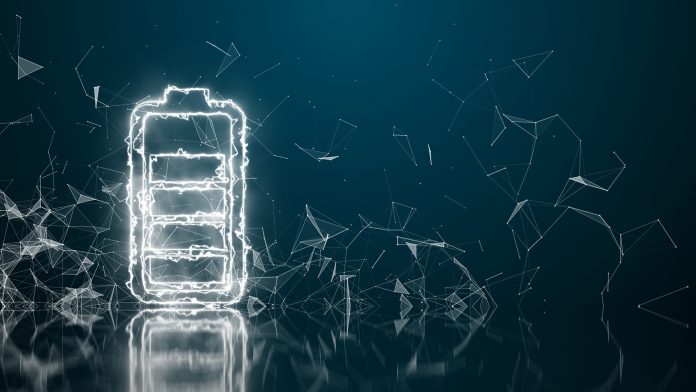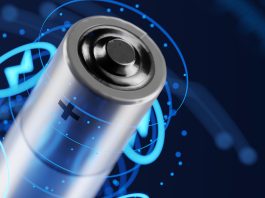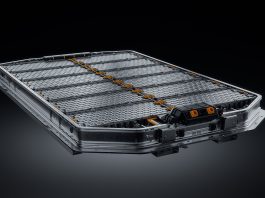Lithium metal batteries (LMBs) can provide nearly ten times higher energy density compared to the present lithium-ion batteries (LIBs) and hence are identified as one of the potential future storage systems.
However, lithium metal batteries pose certain safety concerns and cannot be used for fast-charging applications.
Uncontrolled dendrite formation, leading to excessive heating and battery short circuits, is one of the critical challenges of its advancement.
Researchers have previously attempted to address the safety concerns in LMBs but with methods that were laboursome and money/time intensive.
Now, T N Narayanan’s lab at the Tata Institute of Fundamental Research, Hyderabad (TIFRH) has reported a simple, scalable, and cost-effective method for assembling a safer and more durable lithium metal battery.
A paper detailing the research was published in the journal Small.
Issues with battery longevity
A porous separator membrane lies between the electrodes in a battery, keeping them apart, and is crucial to prevent a short circuit.
When a lithium metal battery is used for some time, tree-like structures or whiskers called dendrites begin to form on one of the electrodes.
If these dendrites grow uncontrollably, they may, in some sense, become a physical bridge between the two electrodes, causing a short circuit.
Suppressing dendrite formation in lithium metal batteries
Preeti Yadav and Pallavi Thakur, graduate students and lead authors of the study, used a commonly available graphite derivative powder to modify the separator membrane used in typical lithium metal batteries.
This modification method entails the deposition of thin coatings of graphitic fluorocarbon (FG) via a large area electrophoretic deposition, where it helps for the formation of a stable LiF and carbon-rich solid electrolyte interface (SEI), aiding a uniform lithium deposition even in higher fluxes.
It also delivers a high transport number for Li-ion (0.74) compared to the bare CM (0.31), indicating facile Li-ion transport through the membrane. A series of electrochemical, spectroscopic and postmortem analyses provide a mechanistic insight into the role of artificial SEI formation with such membrane modification.
This modification suppresses dendrite formation and improves the longevity of the battery to a large extent.
The researchers propose that this method of separator modification holds immense potential to be scaled up for industrial usage.
However, at a very high current density of 10mA cm2, the battery seems to be deteriorating slowly.
This could be because of the electroplating of lithium on the carbon (a component of the deposited graphite derivative layer).
The researchers aim to investigate these challenges further and understand the role of interfaces in improving the performance of a battery from a fundamental standpoint.









